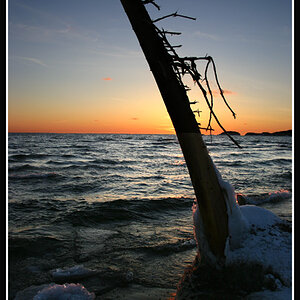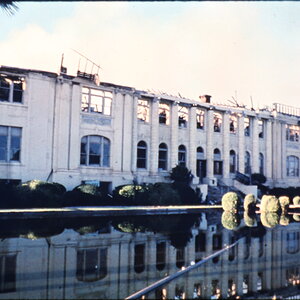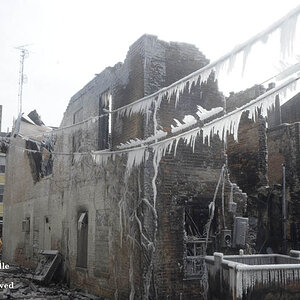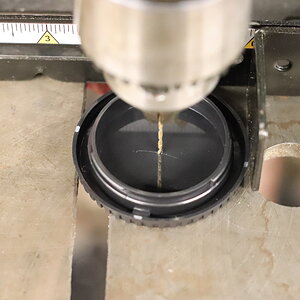sparta1978
TPF Noob!
- Joined
- Apr 18, 2013
- Messages
- 6
- Reaction score
- 0
- Location
- Boston, USA
- Can others edit my Photos
- Photos OK to edit
Hello Forum,
I am thinking of getting a professional camera. I do these kinds of photography:
1)of primary importance: is capturing photographs from research labs that do not allow scanners in. Basically taking a picture of a picture(tripods are allowed).
2)also very important: taking picture of maps that are very large(6 feet by 6 feet).
those are the specialty uses. I also take pictures of military technology, and if i capture video, stabilization is very important, as I rarely use a tripod for that.
My main question is this: megapixel counts are radically different for T3i and D3200! 18mp to 25mp. MP carry more weight as far as size, so if quality of T3i/D3200 is the same for my primary uses listed above(1,2) then i would look at canon first. if megapixels do result in better product for my purposes, i would choose nikon.
Another question: how is the stabilization in these cameras for video shooting? is it comparable with hand held recorders? I'd prefer one piece of equipment to shoot.
Does anyone of the cameras work better with iphone, perhaps a remote control app, or something else?
Another lingering question: Nikon has a GPS geotagging unit you can buy separately that looks awkward. Does canon have the same approach or is it built into the camera?
Please advise,
David
I am thinking of getting a professional camera. I do these kinds of photography:
1)of primary importance: is capturing photographs from research labs that do not allow scanners in. Basically taking a picture of a picture(tripods are allowed).
2)also very important: taking picture of maps that are very large(6 feet by 6 feet).
those are the specialty uses. I also take pictures of military technology, and if i capture video, stabilization is very important, as I rarely use a tripod for that.
My main question is this: megapixel counts are radically different for T3i and D3200! 18mp to 25mp. MP carry more weight as far as size, so if quality of T3i/D3200 is the same for my primary uses listed above(1,2) then i would look at canon first. if megapixels do result in better product for my purposes, i would choose nikon.
Another question: how is the stabilization in these cameras for video shooting? is it comparable with hand held recorders? I'd prefer one piece of equipment to shoot.
Does anyone of the cameras work better with iphone, perhaps a remote control app, or something else?
Another lingering question: Nikon has a GPS geotagging unit you can buy separately that looks awkward. Does canon have the same approach or is it built into the camera?
Please advise,
David



![[No title]](/data/xfmg/thumbnail/31/31091-00a77a1c08cddcf7dc236d9317f868d2.jpg?1619734607)

![[No title]](/data/xfmg/thumbnail/31/31743-3b294ee78fc71e7bfc025b01eafb0c2d.jpg?1619734986)
![[No title]](/data/xfmg/thumbnail/31/31746-12607d714ca2713b95250821c881aea9.jpg?1619734987)
![[No title]](/data/xfmg/thumbnail/31/31093-5a5bf042a168153ccffbce7a66501050.jpg?1619734610)
![[No title]](/data/xfmg/thumbnail/33/33359-a5cf76b8e843e82b3831650af6dfa6b3.jpg?1619735923)



![[No title]](/data/xfmg/thumbnail/31/31748-63241c520f250328a5ec32959b8f53d0.jpg?1619734989)
